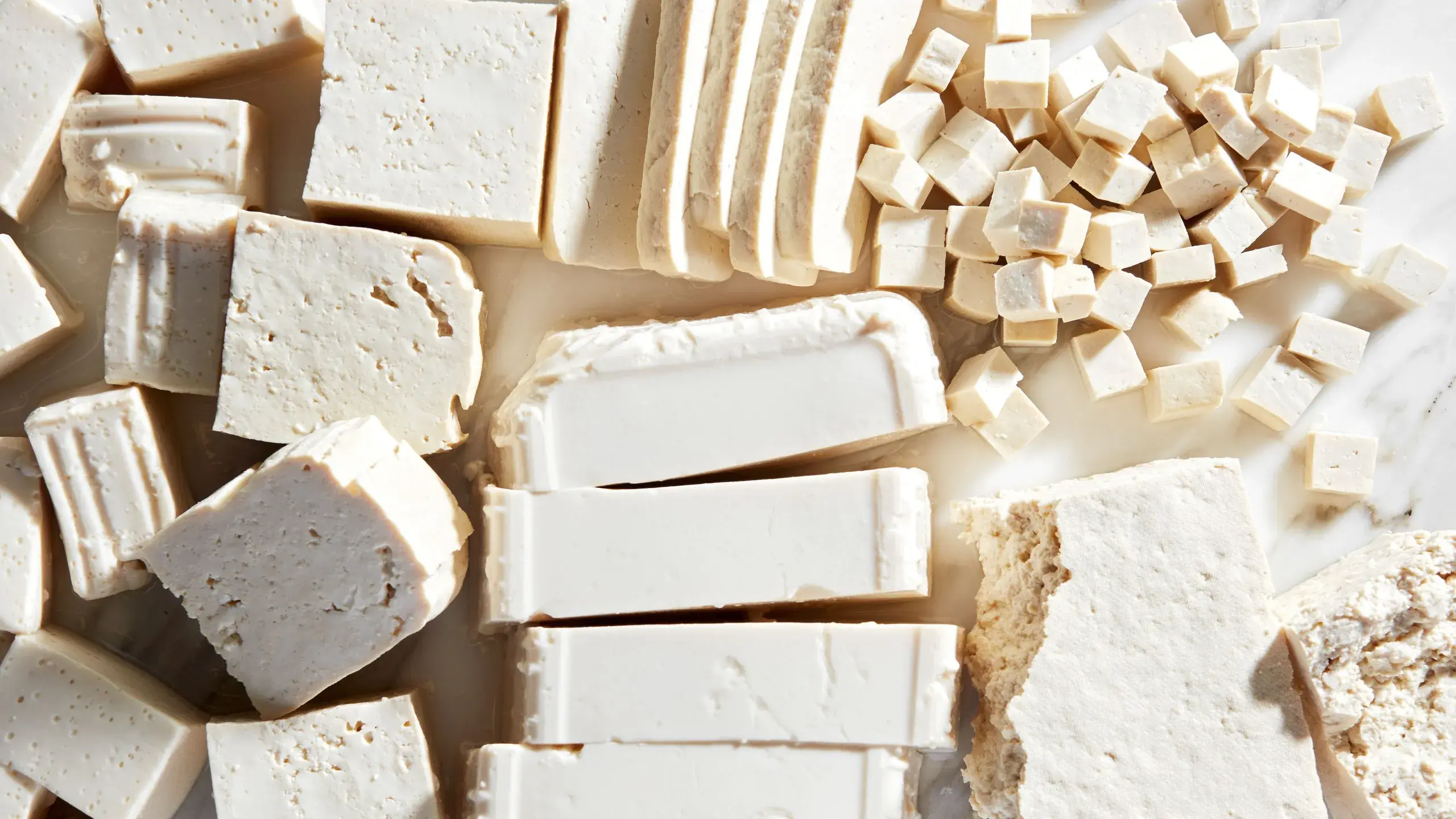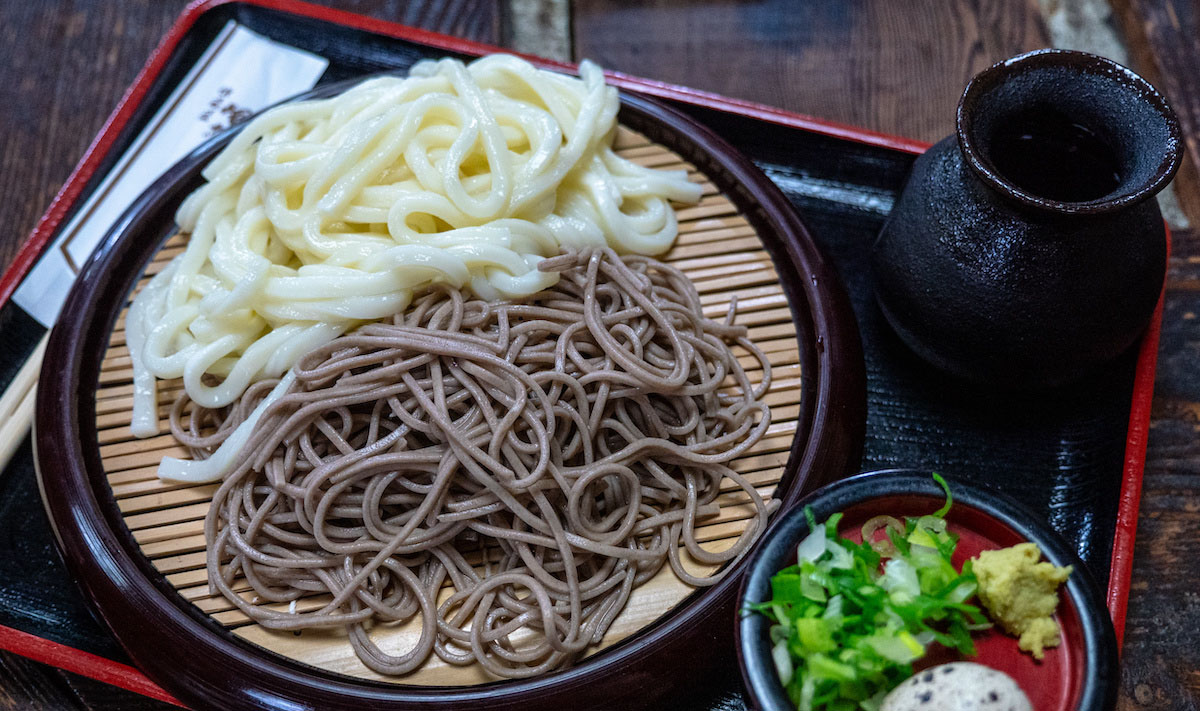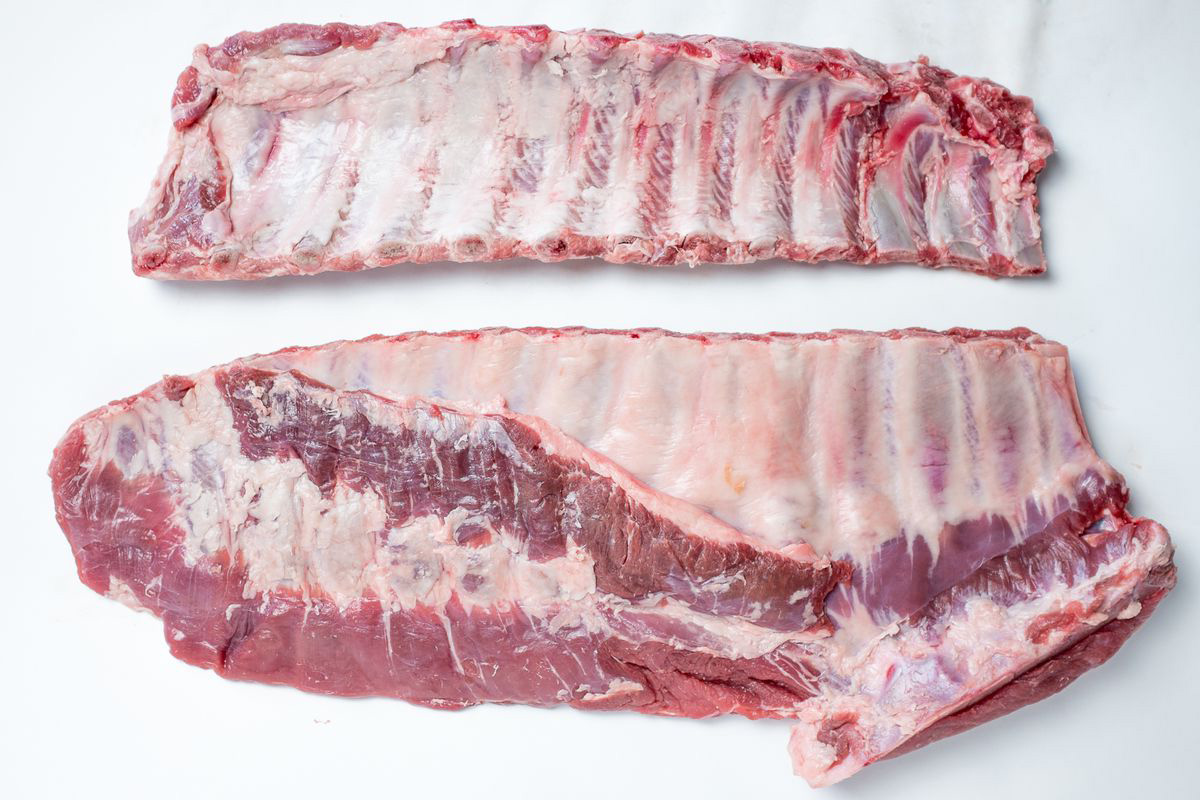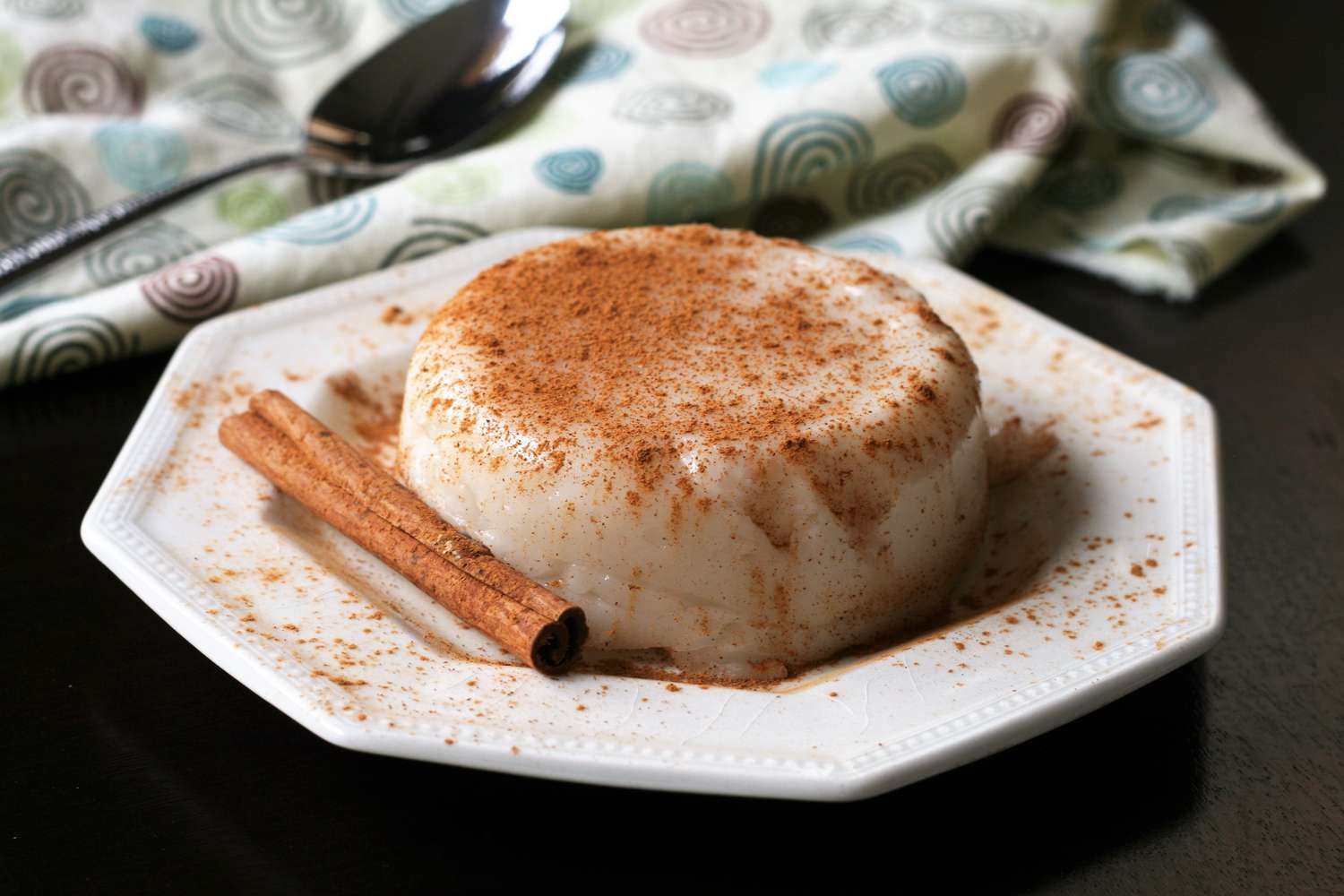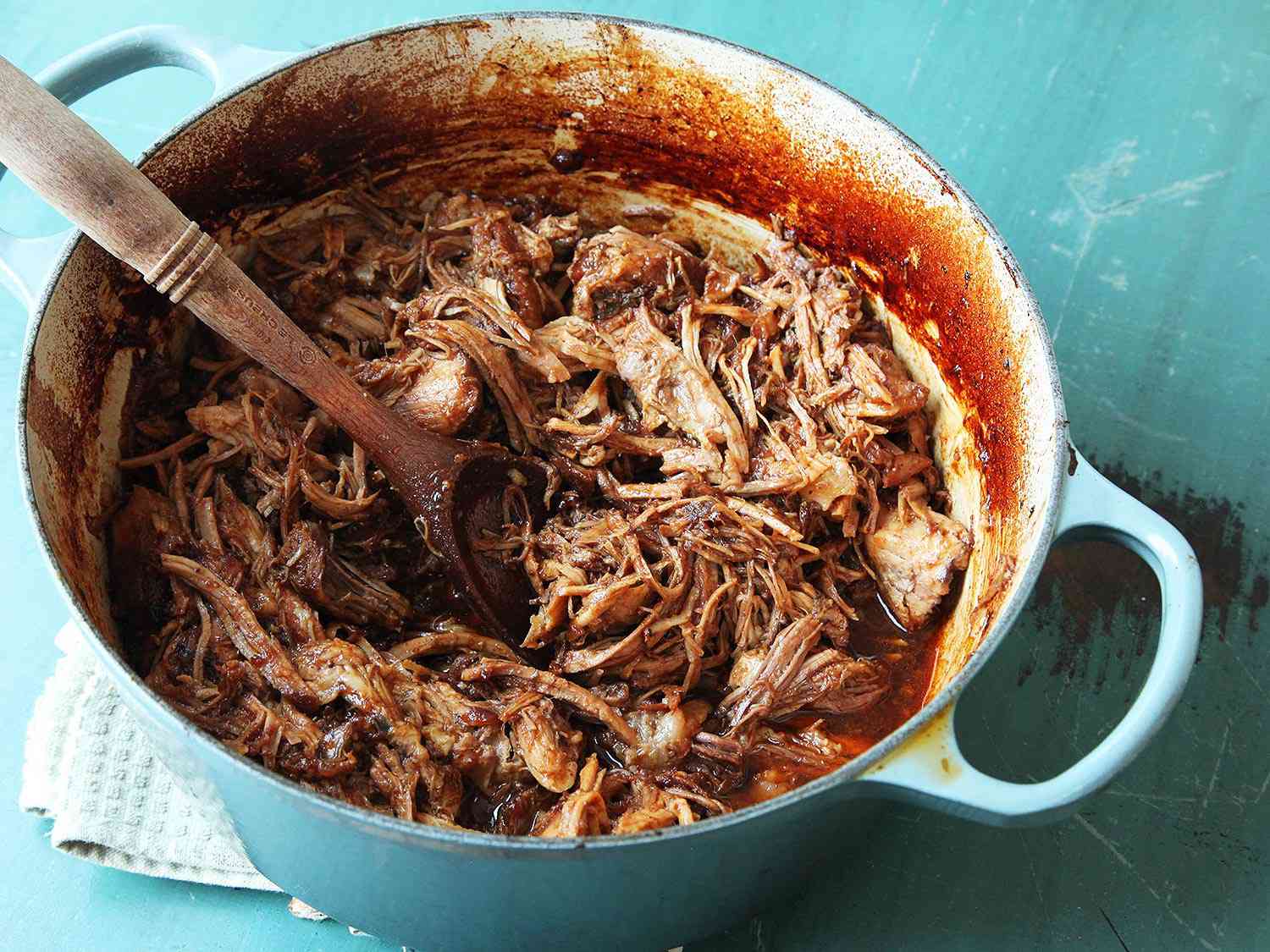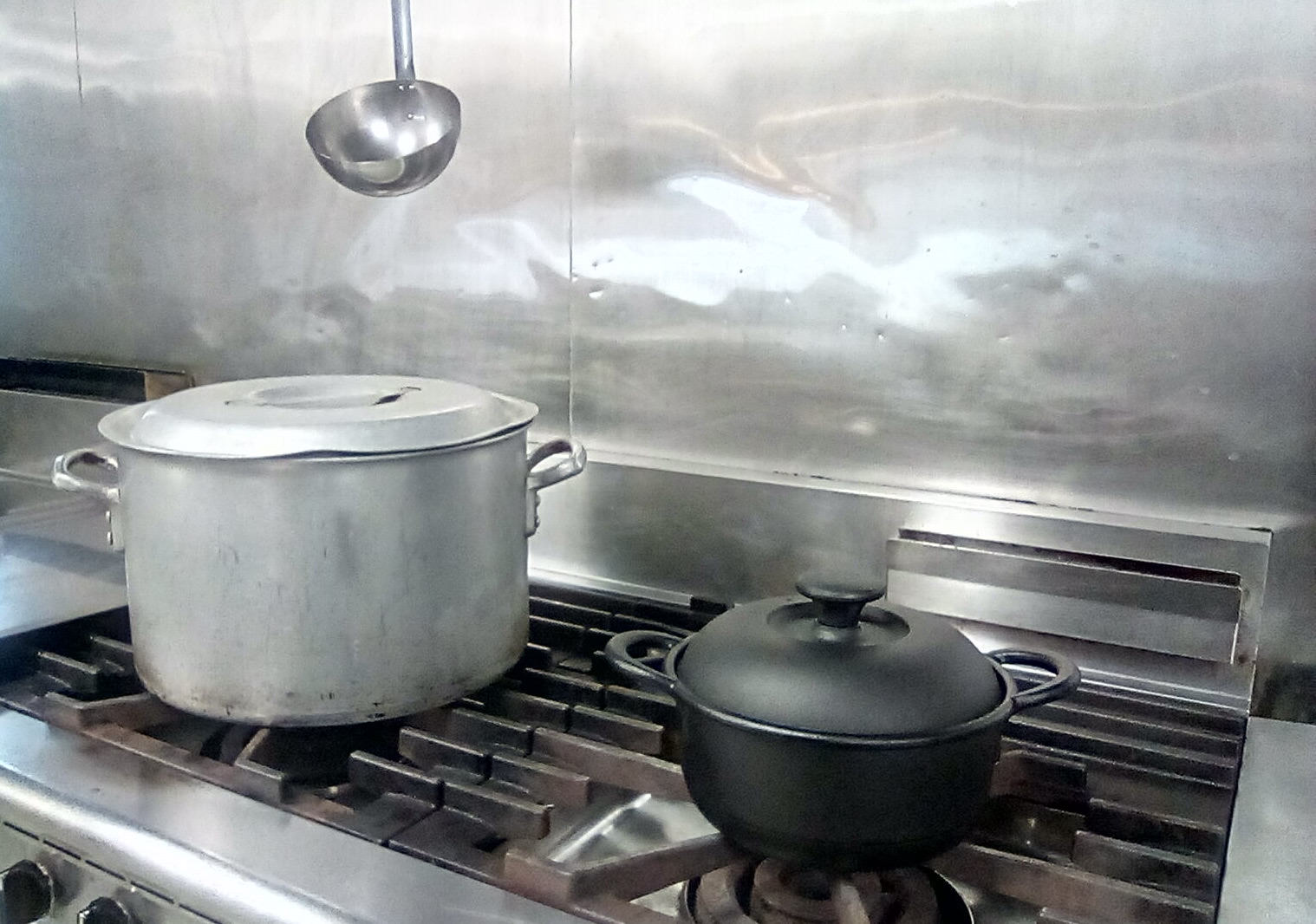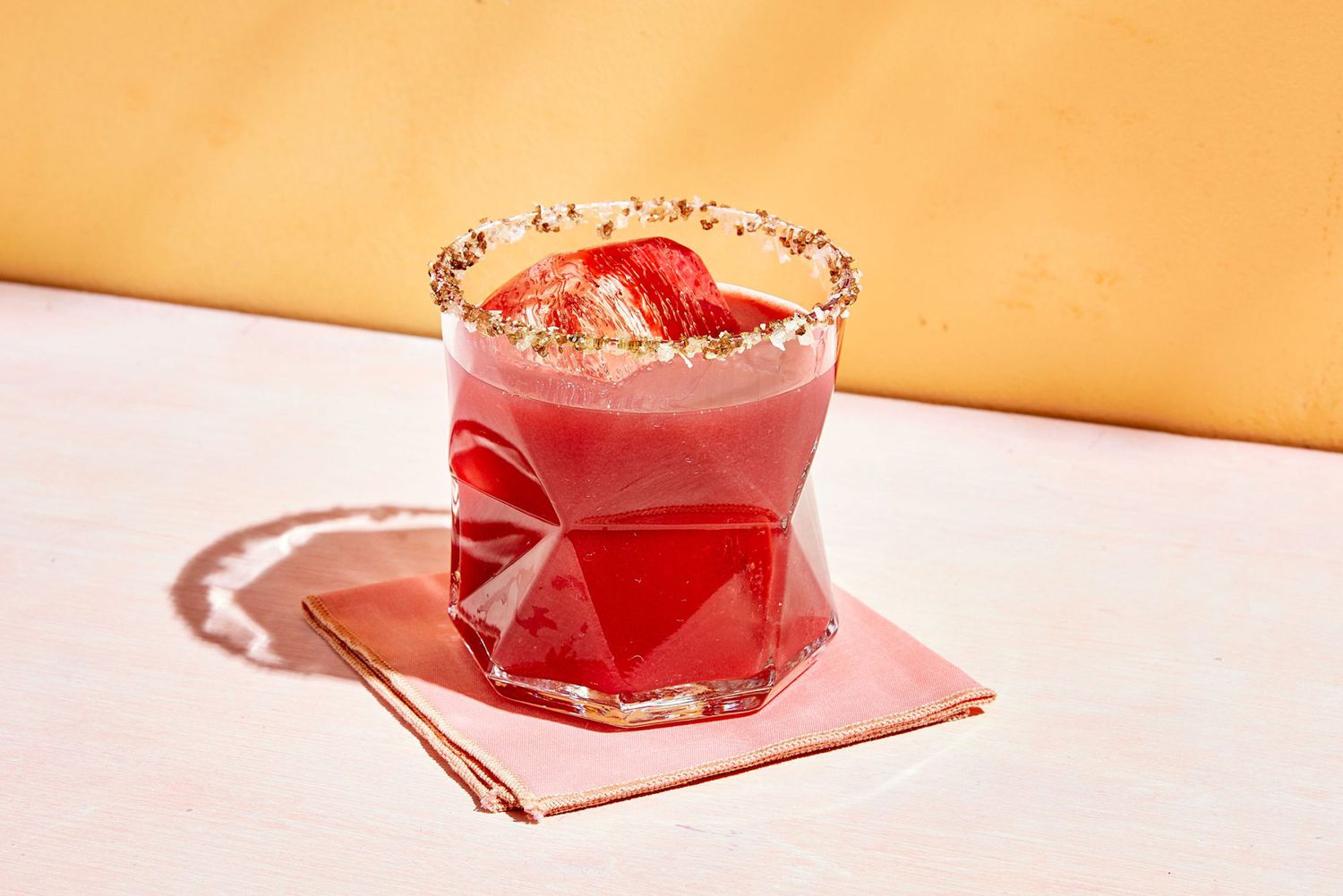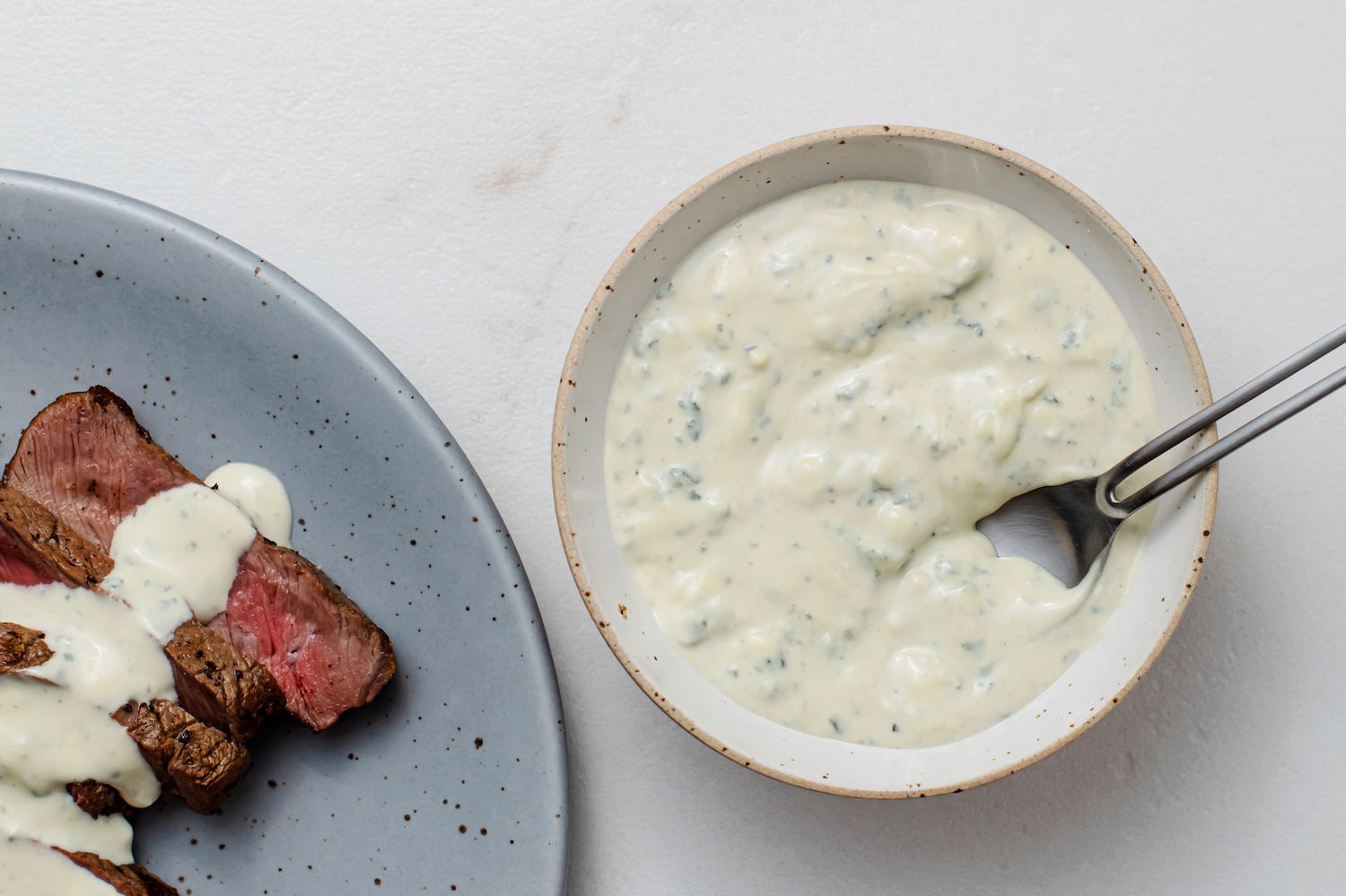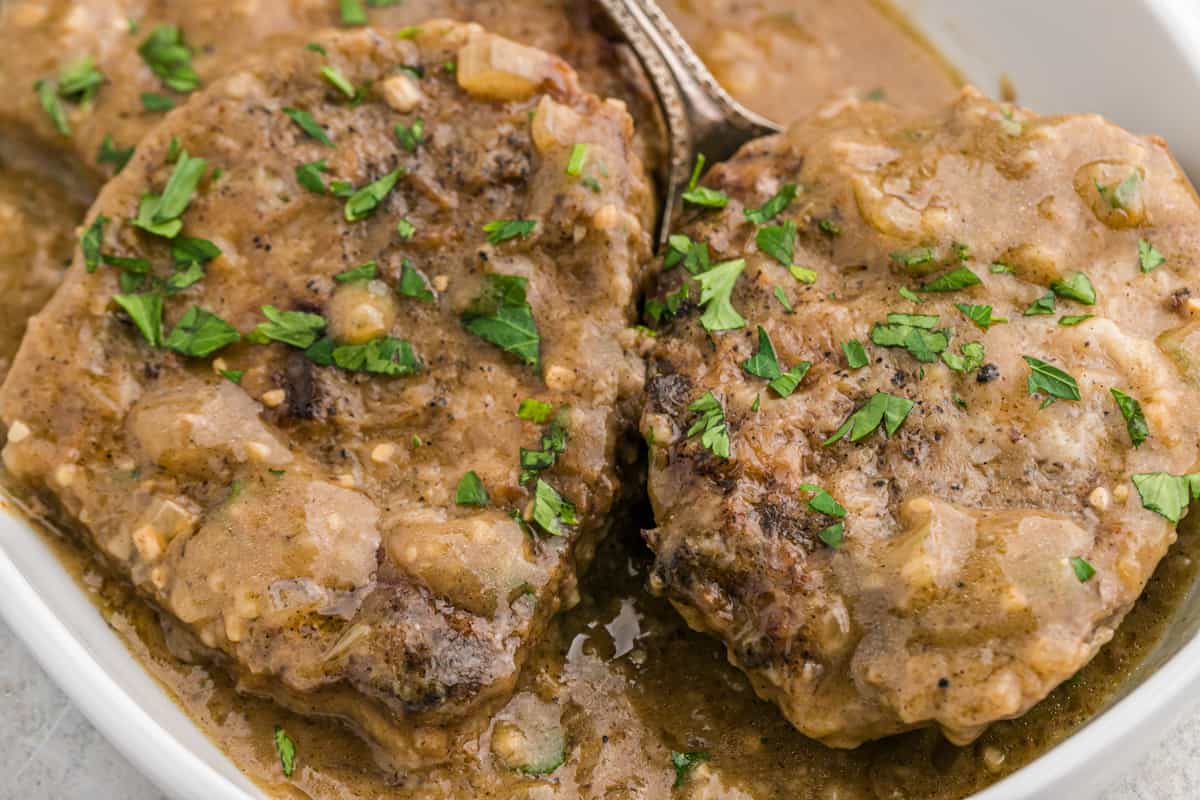Hing Spice: A Closer Look at This Unique Ingredient
If you're a fan of Indian cuisine or have dabbled in the world of cooking with exotic spices, you may have come across hing spice. Also known as asafoetida, this pungent and aromatic spice is a staple in many South Asian dishes and is prized for its unique flavor profile and potential health benefits.
What is Hing Spice?
Hing is a resinous gum derived from the roots of the Ferula plant, which is native to the mountainous regions of Afghanistan and Iran. The gum is extracted from the plant's roots and then dried into a powder, which is what we commonly refer to as hing spice.
Flavor Profile
Hing spice has a strong and pungent aroma that is often likened to the smell of garlic and onions. However, when used in cooking, it transforms into a more subtle and savory flavor that enhances the overall taste of the dish. It is commonly used as a flavor enhancer and is especially popular in vegetarian and lentil-based dishes.
Culinary Uses
In Indian cuisine, hing spice is a key ingredient in many dishes, including dals, curries, and pickles. It is often used in combination with other spices such as cumin, coriander, and turmeric to create complex and aromatic flavor profiles. Additionally, hing is a popular seasoning for vegetable dishes and is sometimes used as a substitute for garlic and onions in recipes.
Health Benefits
Aside from its culinary uses, hing spice is also believed to offer a range of health benefits. In traditional medicine, it is used to aid digestion, reduce bloating, and alleviate stomach issues. Some studies have also suggested that hing may have anti-inflammatory and antimicrobial properties, making it a potentially valuable addition to a healthy diet.
How to Use Hing Spice
If you're new to cooking with hing spice, it's important to note that it is incredibly potent, and a little goes a long way. Here are some tips for using hing in your culinary creations:
-
Tempering: In Indian cooking, hing is often added to hot oil or ghee at the beginning of the cooking process to release its flavors and aromas. This technique, known as tempering, helps to infuse the dish with the unique essence of hing.
-
Combining with Other Spices: Hing pairs well with a variety of spices, including cumin, coriander, and turmeric. Experiment with different spice combinations to discover new and exciting flavor profiles.
-
Storage: To preserve the freshness and potency of hing spice, it's best to store it in an airtight container away from direct sunlight and moisture.
In Conclusion
Hing spice is a truly unique and versatile ingredient that adds depth and complexity to a wide range of dishes. Whether you're a seasoned chef or a curious home cook, experimenting with hing in your culinary creations can open up a world of exciting flavor possibilities. So, the next time you're in the spice aisle, consider adding a jar of hing spice to your collection and embark on a flavorful culinary adventure!
Was this page helpful?
Read Next: What Is Frothed Milk
